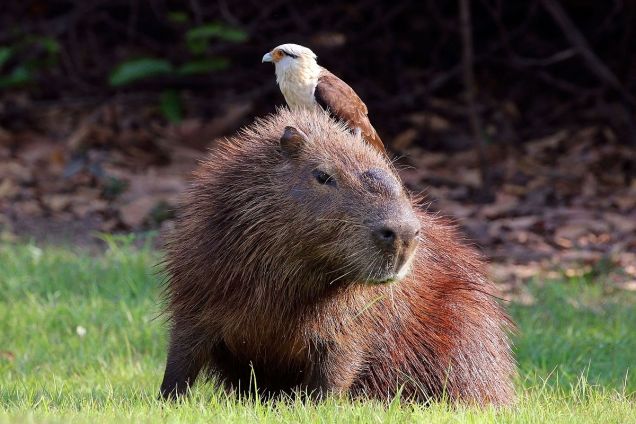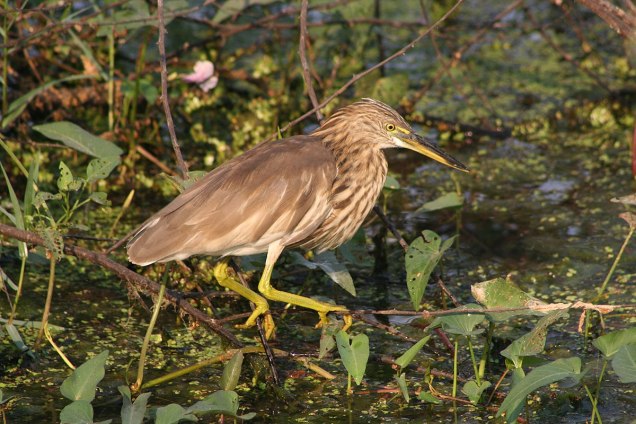Nest predation by raccoon dog Nyctereutes procyonoides in the archipelago of Northern Sweden (2018) Dahl & Åhlen, Biological Invasions, https://doi.org/10.1007/s10530-018-1855-4

The Crux
We’ve spoken about biological invasions at length on EcolMass, and the detrimental effects that the arrival of a new species can have on native populations. Yet eradication is often impossible, and management expensive, so before taking extensive action, it’s always important to ensure that an alien species IS having a negative effect.
The raccoon dog is an Asian species, closely related to foxes, that was introduced to Europe in the early 20th century and has since spread into Scandinavia. Voracious predators that could spread further north due to climate change, our paper this week looks at the extent of their impact on the ecosystems they’ve spread to.








